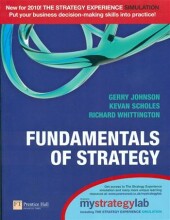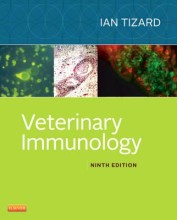Diversity and productivity
15 important questions on Diversity and productivity
What are the differences between grassland types?
- Wet meadows
- Hay meadows
What are calcareous grasslands?
Limestone dating back to the cretaceous close to the surface (auge 100 mln years)
- Extremely species rich
- Sheep grazing (and mowing)
- Producitvity limited by p availability
What is glanshaverhooiland/ arrhenatherion?
- Mostly calcareous, basic soils, but also weakly acidid
- Relatively broad range in productivity
- Mild grazing only in early spring and late autumn (in between 1 or 3 hay cuts)
- Higher grades + faster learning
- Never study anything twice
- 100% sure, 100% understanding
What is blauwgrasland/fen meadow/ junco-molinion?
- Productivity limited by P availability
- Dependent upon seepage on sandy soils and occasional flooding by rivers and streams on peat soils
- Only 30 ha left in the netherlands
What is the species pool?
- Driven by evolution
- Habitat availability to meet an individual's needs and dispersal limitation also play a role
- Environmental filtering of species gives the regional species pool
What can be environmental filters?
- Hydrology
- pH
What happens during a low pH?
What happens during a high pH?
- Nitrate
- Sensitive to Al toxicity
- Exretion of specific organic acids to solubulize P and Fe in limestone
What are local interactions?
- Trophic interactions
- Symbiosis
What are trophic interactions?
What is exploitation competition?
What is a resource?
What is the role of management in influencing species richnes?
- Stop succession towards forest (mowing/grazing)
- Regulate pH (sod cutting, liming)
- Maintain or restore hydrology
- Facilliate dispersal (EHS, grazing, mowing and spreading of ripe seeds)
What are the main threats to species-rich grasslands?
- Fragmentation (dispersal)
- Habitat quality (abiotic conditions)
- Eutrophication
- Nitrogen deposition
- Acidification
- Sulfate deposition (acid rain)
- Los of buffers
- Dessication (hydrology)
- Climate change
What is the complementarity effect?
The question on the page originate from the summary of the following study material:
- A unique study and practice tool
- Never study anything twice again
- Get the grades you hope for
- 100% sure, 100% understanding




























